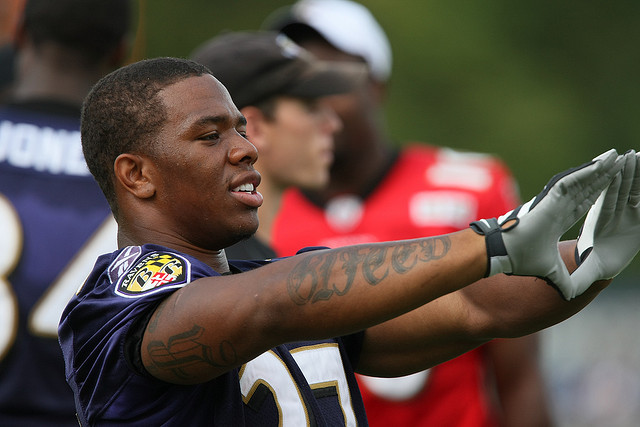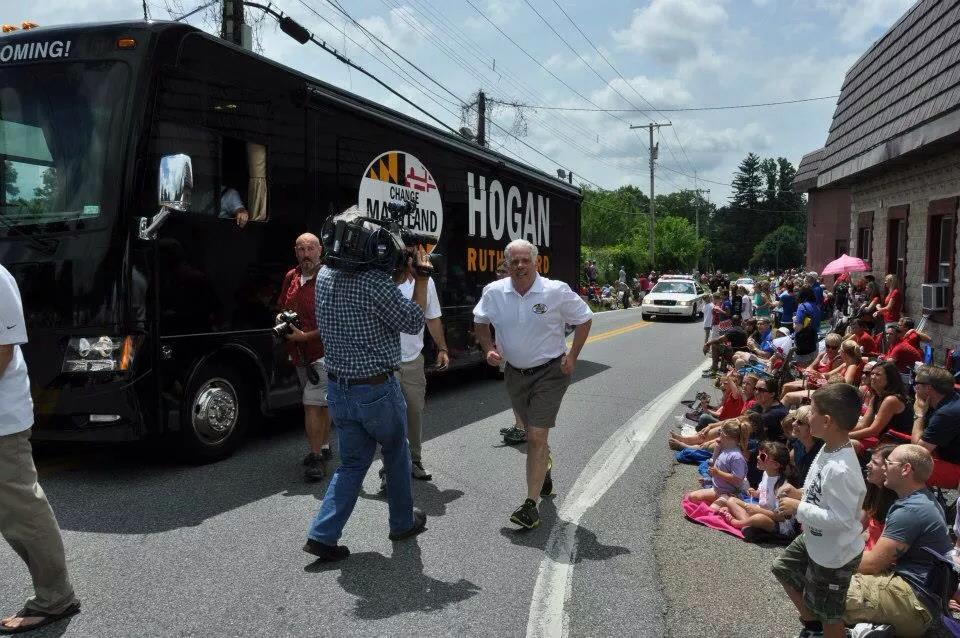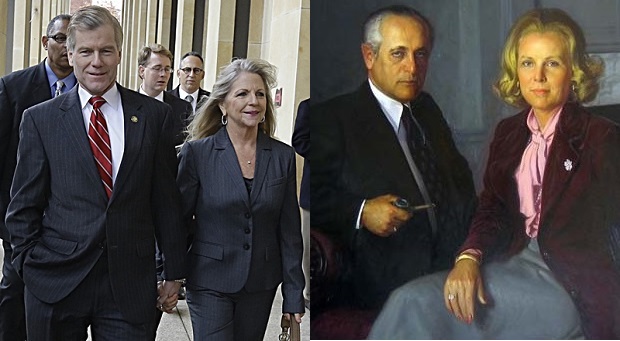By Barry Rascovar
For MarylandReporter.com
According to a September Goucher Poll, the winner of next year’s Democratic primary for governor is . . . “none of the above.”
The second-place finisher in the poll?
An individual who wasn’t even an announced candidate. He’s since said he won’t be running for governor in 2018.
So much for the validity and value of this public opinion survey.
It should be a warning to voters: Beware of polls.
Too many Americans look upon polls as Gospel, the definitive word on how elections will come out.
Wrong.
Polls can be useful at times but only as an indicator of the shifting winds of public sentiment.
They cannot predict accurately the outcome because polling is an art, not a science.
Wide variety of methods
Methodologies vary among polling organizations.
Indeed the Goucher survey, conducted by student interviewers, stated in its press release that errors in the results could come about due to the wording of questions, the order of the questions and the non-response bias of those taking the survey.
Some polls are conducted only through personal interviews. Some are conducted entirely through the internet. Some just ask viewers or listeners to call in randomly. Others contact only people with telephone landlines.
The Goucher survey consisted of contacting people who use either kind of phone (77% through cell phone numbers and 23% through landlines).
The size of the poll matters a lot.
Goucher’s results were culled from just 324 registered Democrats, or at least people who told interviewers they were Democrats.
That’s a small sample.
But it gets worse.
None of the above
A stunning 44% indicated they didn’t have a clue who they were going to vote for nine months from now in the June 26 Democratic gubernatorial primary. Thus, only 161 people in the survey actually expressed an opinion.
Of those, 36 people said they favored former Attorney General Doug Gansler, who thought about running for governor but decided against it.
So in actuality, just 125 people in the survey expressed a judgment that matters – hardly enough to draw conclusions.
Of the 324 Democrats surveyed, a mere 10 people lived in Western Maryland. Their viewpoints are supposed to represent the political inclinations of the 112,000 registered Democrats in the state’s western-most counties.
In Southern Maryland, only 19 people were surveyed. On the Eastern Shore, just 16 people were contacted for their opinions.
That’s hardly a viable way to judge the political landscape in the Democratic governor’s race in those regions.
There is no way you can call these tiny samplings scientific.
Imperfect crystal ball
Polling is a tough business because polls are trying to predict the future – and that’s an impossibility.
If polling were scientific, the overwhelming majority of professional political surveys taken in early November 2016 would have told us conclusively Donald Trump, not Hillary Clinton, would be the next president.
Only a tiny number of polling organizations came to that conclusion. Most of them got it wrong.
Few voters recognize a public opinion poll is merely a Polaroid snapshot of the moment. It lets us know how people are thinking about a politician or a topic at an instant in time.
Unfortunately, polls can’t not tell us enough about how those same voters will feel toward politicians or issues nine months from now.
Public sentiment is fickle. It changes rapidly. What a survey reveals about voter sentiment today may be radically different next summer.
Thus, opinion polls should be viewed with a good deal of skepticism.
Too early in the race
The Goucher survey showed that none of the legitimate Democratic candidates running for governor is well-known. Since the campaign has yet to begin in earnest, that’s not surprising.
With no clear front-runner or a widely recognized figure in the race, it will take time for Democrats to figure out who these candidates are and which ones are the most appealing, the most qualified and the most viable in the general election against a popular Republican governor.
The good news for the Democratic Party – which holds a 2-to-1 registration majority in Maryland – is that a heavy number of people in this survey said they would almost definitely vote at election time next year – 83%.
If that polling number turns out to be true a year from November when the general election is held, the party’s nominee for governor could give Gov. Larry Hogan a run for his money.
Then again, we’re so far away from that election this may be idle speculation. It’s certainly not scientific evidence you can take to the bank.
Barry Rascovar’s blog is www.politicalmaryland.com. He can be contacted at [email protected].






Maybe the poll is a valid measurement of the current state of voters minds, rather than a prediction of a far off (to voters) choice?